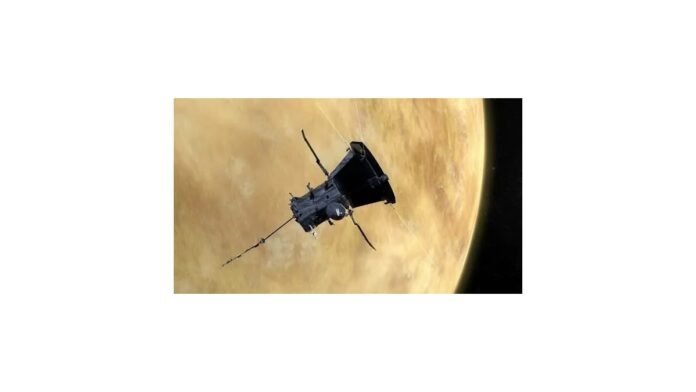NASA’s Parker Sun Probe will build a near technique to Venus on Wednesday, marking the spacecraft’s 7th and ultimate flyby of the planet. This manoeuvre will poised the probe on a path for its historical plunge towards the solar, bringing it inside 3.8 million miles of our big name’s floor — nearer than any human-made object has ventured. Nour Raouafi, Mission Scientist on the Johns Hopkins College Implemented Physics Laboratory, described this way as “almost landing on a star,” likening it to the virtue of the 1969 moon touchdown.
Venus Flybys as Essential Milestones
The Parker Solar Probe, introduced in 2018, depends upon gravitational assists from Venus to regularly drop its distance from the sun, the usage of the planet’s gravitational snatch to regulate its orbit. Yanping Guo, Project Design and Navigation Supervisor on the Johns Hopkins Implemented Physics Laboratory, emphasized that this ultimate Venus flyby is an important in positioning the explore for its next near stumble upon with the solar.
Time designed for sun exploration, the probe’s tools have supplied worthy information on Venus. Throughout earlier flybys, Parker’s Extensive-Garden Imager (WISPR) controlled to seize pictures via Venus’s thick order, revealing floor main points like continents and plateaus. The probe additionally recorded emissions from Venus’s nightside, offering insights into its floor composition and temperature, which is round 860 levels Fahrenheit (460 Celsius).
A Nearer Have a look at Venusian Floor
This presen’s flyby will permit scientists to indicate WISPR towards Venus all over again to seize fresh floor pictures, together with subjects with numerous landforms. Noam Izenberg, a planetary geologist at APL, famous that this near way offer a novel probability to review variations in Venus’s floor options, doubtlessly uncovering details about its geology and thermal homes.
Coming near the Solar’s Frontier
On December 24, the Parker Sun Probe will skim the solar’s outer layer at speeds of as much as 430,000 miles according to month (692,010 km/h). Despite the fact that challenge regulate will lose touch all through this near cross, engineers hope to obtain a sign on December 27 confirming the probe’s luck. This success may just liberate important insights into the solar’s outer order, its intense warmth, and its magnetic dynamics, additional advancing our working out of sun phenomena.


